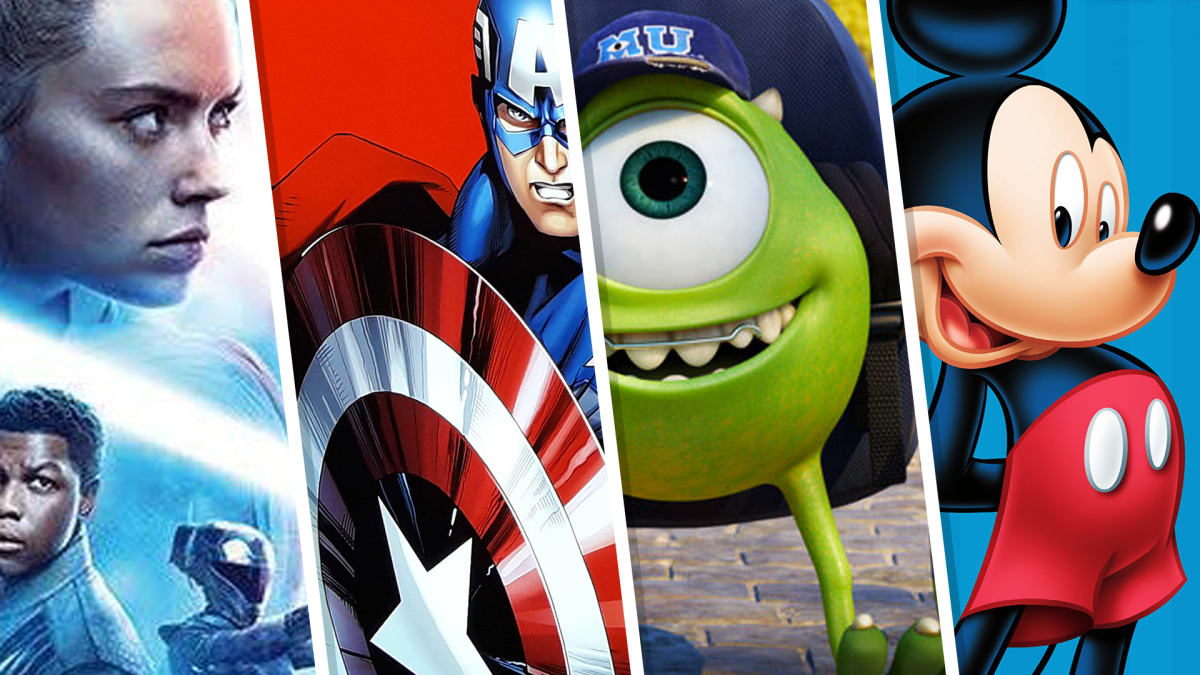
Every streaming service makes the same mistake. Instead of focusing on having one show at a time that makes it absolutely impossible for members to even think about quitting, they decide that more shows mean more chances to keep people happy.
The problem is that more shows equal more expense which requires more subscribers to keep things afloat. It's a losing recipe that companies including Netflix (NFLX), Warner Bros. Discovery (WBD) (HBO Max), Comcast (CMCSA) (Peacock), and Paramount Global (PARA) (Paramount+) have all followed.
DON'T MISS: Netflix, Disney, and What's Next for Streaming
Walt Disney (DIS) followed the same path with its flagship streaming service, Disney+. When the company launched the service, it spent heavily on content, launching all sorts of shows mined from its deep library of intellectual property (IP).
That seemed like a good idea, but it has led to huge losses for Disney. That's something returning CEO Bob Iger wants to reverse and he's taking major steps to put Disney+ on a path to profitability.
Subscribers aren't going to like the changes but few will drop the service because of them. That's a lesson Disney's rivals should take to heart.

Disney+
More Is Not Better When it Comes to Streaming Content
HBO showed that less is more could lead to a successful, high-quality streaming service that sells for a premium price. Back during its 90s and 2000s heyday, HBO had always had just a few top-tier shows on the air each year along with some recurring programming like "Real Sports," "Inside the NFL," and Dennis Miller's talk show.
HBO might have only had two or three shows each year that subscribers cared about, but those shows were massive hits. You couldn't cancel the premium service because everyone you knew was watching "The Sopranos," "The Wire," "Six Feet Under," Sex and the City," or the handful of other iconic shows that aired on the channel.
That's the same model Netflix used when it launched, but it's a model every service has slipped away from. Disney was guilty of that too. The reality is that a couple of Marvel shows and a couple of Star Wars series each year along with its content archive would likely have grown the service at the same rate that happened by the company keeping up a content pace of always having at least one episode of a top-tier series each week.
Iger has clearly learned that more is less when it comes to balancing content and profits and he's making the needed changes.
Disney Making Major Content Cuts
Iger celebrated the successful growth of Disney+ during his company's first-quarter earnings call (his first one since taking the top job back). He made it clear that while Disney had changed to launch Disney+ more changes were necessary.
"Now, it's time for another transformation, one that rationalizes our enviable streaming business and puts it on a path to sustained growth and profitability while also reducing expenses to improve margins and returns and better positioning us to weather future disruption, increased competition, and global economic challenges," he said.
Basically, that means less content as the company expects to cut overall content costs (excluding sports) by $3 billion over the next "few" years.
"And so, with that goal in mind, we will focus even more on our core brands and franchises, which have consistently delivered higher returns. We will aggressively curate our general entertainment content," the CEO shared.
It has already been widely reported that Disney may only release two new Marvel shows in 2023. That's a big drop in volume, but that's still 12-15 new hours of superhero content in addition to whatever movies get added to the service. Add in a few new Star Wars shows and select other content and Disney+ will remain a value to subscribers at a much cheaper price for the company.
That's easier for Disney than its rivals because Disney owns so much surefire hit, top-tier IP. The old HBO, and the early days of Netflix, however, show that a quality-over-quantity model can work. That will mean fewer shows for subscribers, but enough must-watch programming to keep people paying month after month.







